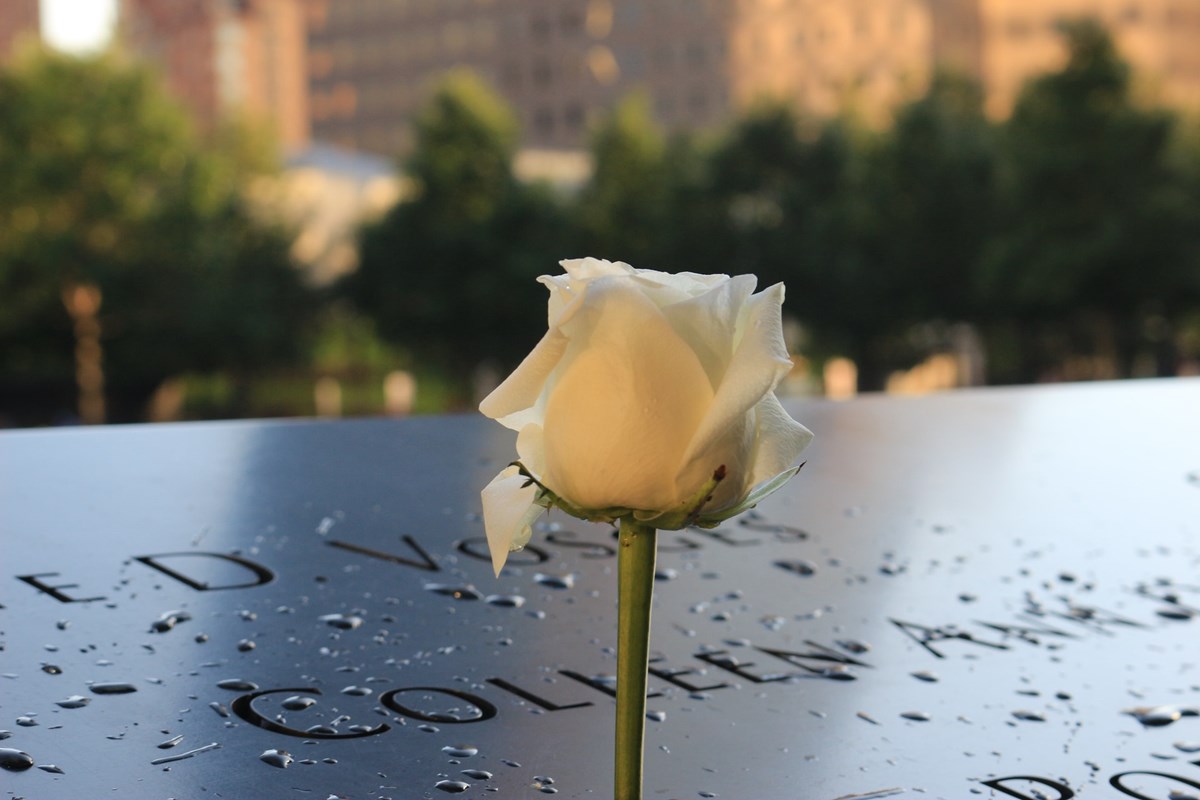
Dark tourism is a growing travel trend that’s based around our natural interest in tragedy and historical events. Many of these sites draw in millions of visitors each year – while others remain more off the beaten track.
You can read about some of the world’s most famous dark tourism destinations below and get tips on how to visit them respectfully. But first, explore more about what dark tourism is and where it’s come from.
Dark tourism is a term used to describe travel to places associated with death, tragedy and suffering. Such sites often have great historical significance, for example memorials and cemeteries, but the concept can also cover the way some people rush to the scene of emerging disasters.
There are various degrees of dark tourism too, with ‘lighter’ examples even including theatrical attractions and plays that are created for entertainment purposes.
Some elements of dark tourism are undoubtably controversial. A serious topic could be presented in an overly commercial format, for example, while tourists might take insensitive photographs and stray beyond boundaries. Such behavior can be insensitive to the communities that are still reeling from the tragedy that dark tourism destinations represent.
But when approached with care and an open mind, many see this type of travel as an opportunity to pay respect and understand more about important events. Visiting these sites can change our perspectives for the better while helping to spread stories of hope in the face of extreme adversity.
Dark tourism’s growing appeal comes in part from the recent success of TV shows such as Chernobyl and The Dark Tourist. But for most self-professed dark tourists, the motivation behind these trips comes from a genuine interest and desire for different travel experiences.
So whereabouts in the world can you find them?
Auschwitz-Birkenau attracts millions of people every year and provides a bleak but important reminder of the horrific acts carried out by the Nazis throughout World War Two. It was the largest and most deadly of their concentration camps, before being converted into a museum a few years after the war ended.
Many people come here on day trips from nearby Krakow, as well as other popular tourist destinations in the Czech Republic and Germany. The exhibitions are spread over several blocks and outdoor spaces and there are strict rules about respectful photography. You may even choose to leave your camera switched off altogether.
Incredibly, the full effects of the nuclear explosion at Chernobyl’s infamous power plant are still being discovered today. Some died and many more were evacuated at the time, while radiation-related illnesses and environmental impacts have endured.
The tour guides here will carefully show you around what’s known as the ‘Exclusion Zone’, which features the power plant itself as well as the surrounding ghost town. Lots of work has been carried out since to make the area as safe as possible – but you’ll still need to protect yourself from the risk of lingering radiation.
Put on long-sleeved clothing, listen to your guide, and try to avoid touching anything.
Hiroshima is where the US Army Air Forces dropped a devastating atomic bomb in 1945, the only time one had been used before the bombing of Nagasaki three days later. It flattened most of the surrounding area and killed tens of thousands of people instantly.
Today, the A-Bomb dome stands as the only major structure to have survived the blast. The nearby Peace Memorial Museum meanwhile recognizes what its city’s residents endured while promoting a message of peace to the wider world.
The historical burden of the bomb is a heavy one, but the city and its people have worked hard to rebuild. Take time to explore and speak to locals about what life is like there today, if you can.
The 9/11 terror attack is the largest attack recorded on US soil and marked a new era in global politics. The eventual destruction of New York’s iconic Twin Tower buildings killed thousands and beamed dramatic live images around the world, the type of which most had never seen before.
Today, the 9/11 Memorial features two poignant reflecting pools that sit within the footprints of the original towers, with victim’s names etched into surrounding panels. The underground museum then carefully tells the stories of the countless victims and survivors while displaying artefacts from the wreckage.
You’re encouraged to leave tribute items in front of the memorial pools if you feel inclined to – though avoid placing anything inside.
We’ve flown clients to over 1,900 airports in 96% of the world’s countries, so we understand the draw that so-called dark tourism destinations can have for people. Visiting them in the right way can bring a valuable sense of perspective, no matter your position or outlook on life.
If you want to discover where you can travel to in comfort and privacy with VistaJet, get in touch with our US team today.